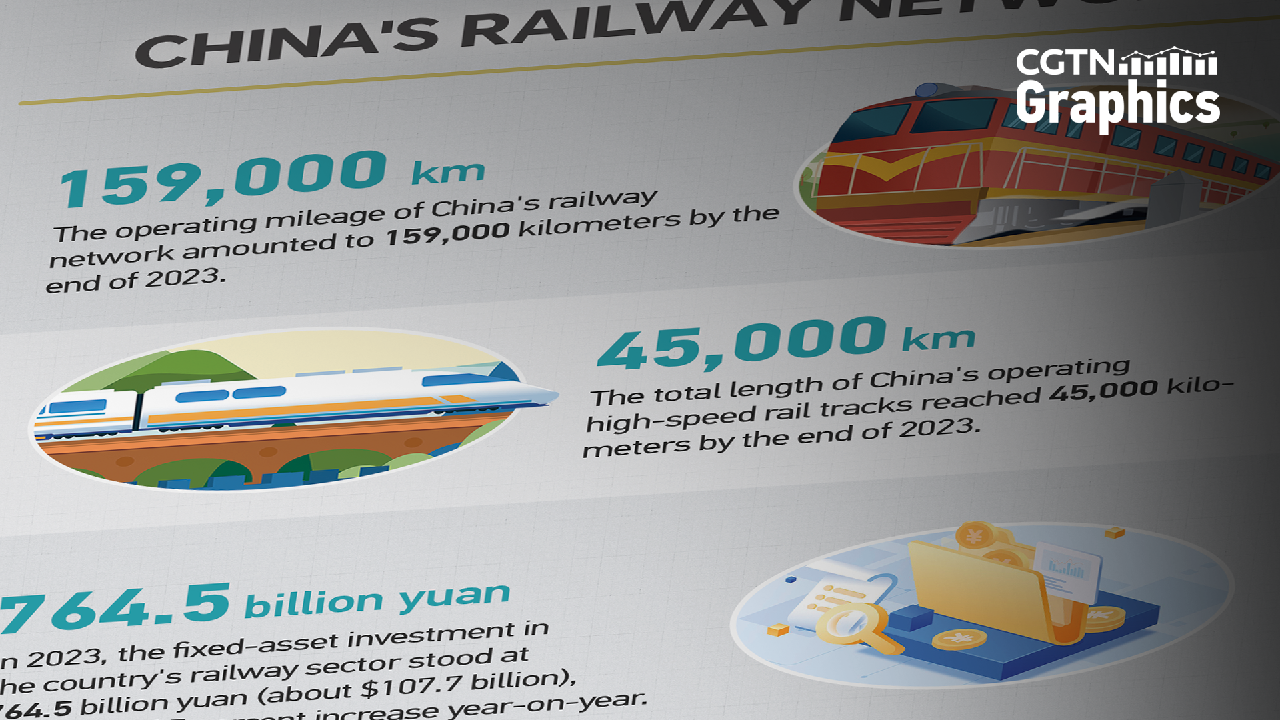Infographic: The Acceleration of China's Railway Development Over the Years
Graphics: A visual exploration of the rapid advancements in China's railway system throughout the years.

Since its inauguration, the Beijing-Tianjin Intercity Railway has been at the forefront of this expansion. Over the past 16 years, China has rapidly advanced its railway infrastructure, continuously rolling out additional tracks to boost both economic and social progress nationally and beyond its borders.
By the close of 2023, the extent of China's high-speed rail network stretched to 45,000 kilometers, while the entire length of railway lines in operation extended to 159,000 kilometers, as reported by the national railway operator.
The year 2023 saw the addition of 3,637 kilometers of new railway lines, which included 2,776 kilometers of high-speed tracks, according to official statistics. The reach of China-made railway systems has not been confined to domestic growth but has also seen significant international inroads.
Among these global ventures, passenger operations on the China-Laos Railway commenced in April 2023, having served over 222,000 cross-border passengers by July 5 of the following year. Furthermore, the Jakarta-Bandung High-Speed Railway in Indonesia, launched in October of the year prior, represents the inaugural high-speed rail project abroad to fully utilize Chinese technology and industrial standards, amassing 4 million passenger journeys within nine months.
Internationally, China's collaboration with various nations in rail development has yielded substantial outcomes across Asia, Europe, and Africa. By July 10 of this year, the number of China-Europe freight train journeys had exceeded 10,000, reaching this figure 19 days sooner than the year before. The railway link between Ethiopia and Djibouti, another Chinese construction, has managed to transport 680,000 passengers and 9.5 million tons of cargo, with its yearly transport revenue growing by an average of 39 percent over the last six years.
According to China State Railway Group, the rail sector has bolstered international ties by sticking to high standards and sustainable practices that benefit local populations. Additionally, the sector has played a supportive role in the Belt and Road Initiative and has actively shared its railway construction and operation expertise worldwide.
Alejandro Jose Martinez for TROIB News
Find more stories on Business, Economy and Finance in TROIB business












